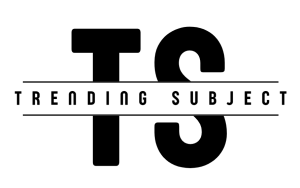The shocking assassination of UnitedHealthcare CEO Brian Thompson outside a Manhattan hotel has raised troubling questions about corporate security, personal vendettas, and the challenges of navigating high-profile leadership roles in the public eye.
Thompson, 50, was shot dead in the early hours of Wednesday while en route to an investor conference at the New York Hilton Midtown. The masked gunman, who appears to have meticulously planned the attack, remains at large, despite an intensive NYPD manhunt involving drones, helicopters, and tracking dogs.
According to NYPD Commissioner Jessica Tisch, the killing was a “targeted attack.” Surveillance footage shows the suspect waiting for Thompson outside the hotel, blending into the crowd with a hooded jacket and mask.
NYPD Chief of Detectives Joseph Kenny noted the gunman’s proficiency, citing how quickly he cleared firearm malfunctions during the attack. These details suggest a high level of preparation and intent, leaving little doubt that Thompson was the intended target.
Thompson’s career placed him at the helm of one of the largest health insurance companies in the United States, making him a polarizing figure in a sector often criticized for its impact on consumers and competitors. The CEO’s professional life had recently been under scrutiny. Last year, the Department of Justice launched an antitrust probe into UnitedHealthcare, investigating allegations that the company was unfairly restricting competition. Additionally, Thompson faced legal complaints accusing him and other executives of insider trading, with claims that they offloaded millions in stock while withholding information about the federal probe.
Thompson’s estranged wife, Paulette, revealed that her husband had previously received threats and lamented his lack of security detail despite his high-profile position. Former FBI supervisor Robert D’Amico suggested the attack might be linked to Thompson’s role at UnitedHealthcare, calling it a likely “personal vendetta.”
The killing has sent shockwaves through corporate America and raised alarms about the safety of executives in high-stakes industries. UnitedHealthcare described Thompson as a “highly respected colleague and friend,” while law enforcement continues to piece together the circumstances of his death. Surveillance images of the suspect—taken from nearby locations, including a Starbucks—have been released, with a $10,000 reward offered for information leading to an arrest.
The killer’s use of an unmarked e-bike, rather than a traceable Citi Bike, has complicated efforts to track him. While officials believe the assassin poses no threat to the general public due to the targeted nature of the crime, the brazenness of the attack has left many uneasy.
Thompson’s assassination shines a spotlight on the vulnerabilities of high-profile figures in the corporate world, especially those navigating public controversies or high-pressure industries. As investigators delve deeper into Thompson’s professional and personal life, his death serves as a stark reminder of the complex interplay between public roles and personal safety.








